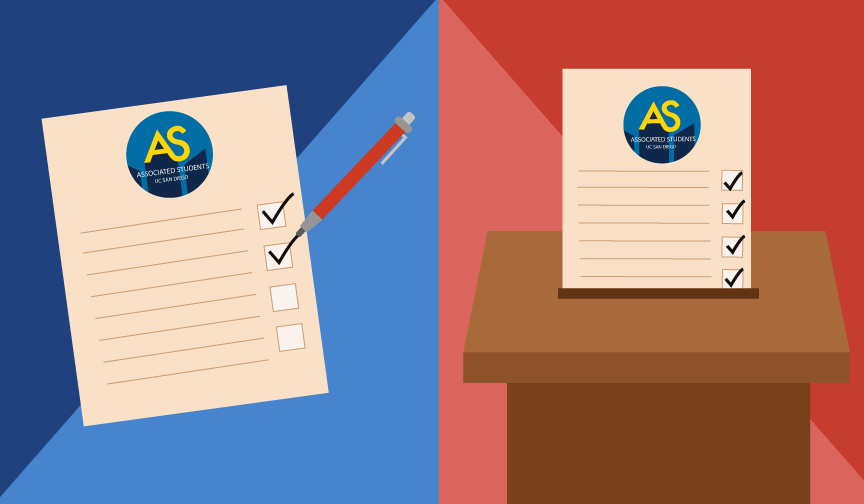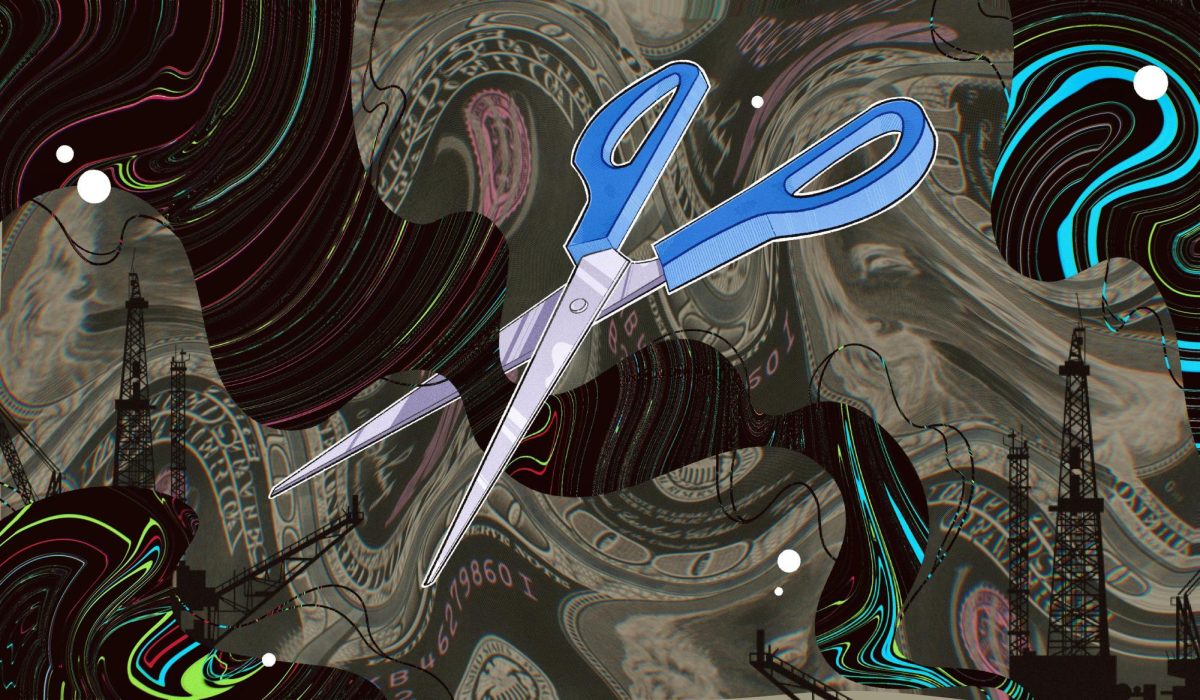A suspect recently stole 75 parking permits, worth a total of $17,000, from Gilman Parking Structure. While discussing this incident with the UCSD Guardian, representatives from Transportation Services disclosed that the department is currently redesigning the parking permit system. Under their new system, on-campus parkers will no longer have to stick permits on their windshields. Instead, they’ll be required to enter their license plate numbers during the payment process as a means of identification.
Admittedly, there are some advantages to this new model. First, it eradicates the possibility of permit theft (though students could theoretically start stealing license plates instead). The recognition technology will also make the process of identifying illegally parked cars more efficient, which will hopefully save the university time and money. Lastly, an absence of physical permits equates to less paper wasted and a slightly smaller carbon footprint for UCSD.
Despite these advantages, this change will make it impossible for students to sell or give away their permits, which happens relatively often. People who share permits with their roommates or friends in order to cut down on the exorbitant cost of living in La Jolla will now have to buy individual permits for hundreds of dollars.
Furthermore, one can’t help but question the university’s priorities when so many students are essentially gambling hundreds of dollars every quarter in hopes of spending less than a few hours to find a half-decent parking spot. Instead of studying, attending class or working to pay tuition, students waste time searching, usually unsuccessfully, for “S” spots every week, sometimes every day. We’ve all heard the stories of students being forced to park illegally or park all the way at Scripps — another bus ride away — to avoid being late to class. According to a UCSD parking statistics website, the best times to find a vacant parking spot on a weekday are from 8 a.m. to 9 a.m. and 4 p.m. to 5 p.m. Essentially, this means that students either have to come before or skip the majority of their classes in order to have a good shot at parking on campus.
University administrators might brush this concern off on the basis that students should merely leave their homes earlier if they want to guarantee themselves a parking spot. However, students should not be forced to accommodate the university’s deficiencies, especially when the university refuses to prioritize finding solutions.
Instead of investing time and financial resources into developing this new technology, the university could have focused on developing solutions to the campus’ parking shortage. UCSD has started the process, however, by building a new parking structure located at East Campus. The garage’s construction, which costs the university $25 million, is not yet complete, but when it is, it will add 1,200 new parking spaces to the campus.
But although this looks like it would alleviate the problem, it unfortunately will not as the University of California recently announced its plan to enroll 10,000 additional students over the next three years. Thus, even though there will technically be more parking spots on our campus, we will once again encounter the same problem: an absurdly low parking-to-student ratio. And here UCSD is, unprepared and unfocused, developing useful-yet-unnecessary license plate recognition technology that does more for the university than its students.













